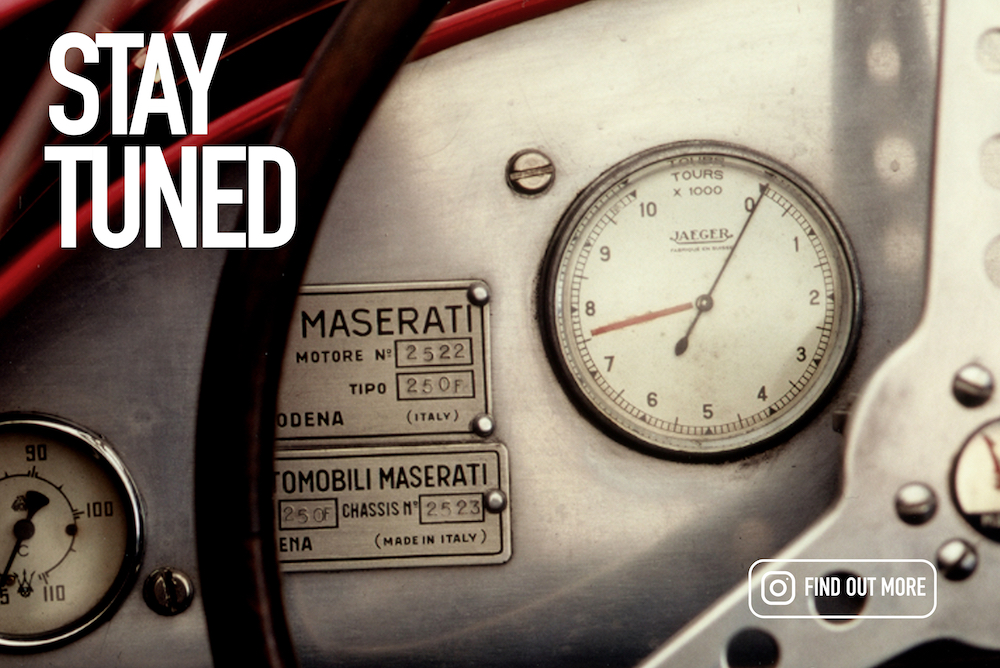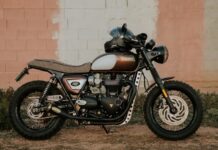The 73rd Pebble Beach Concours d’Elegance was the event at its best. The sky over the Monterey Peninsula was blue, interrupted only by the occasional cloud. A light breeze wafted through the air along with Vivaldi concertos. The immaculate paint of the entrants glistened under rippling banners.
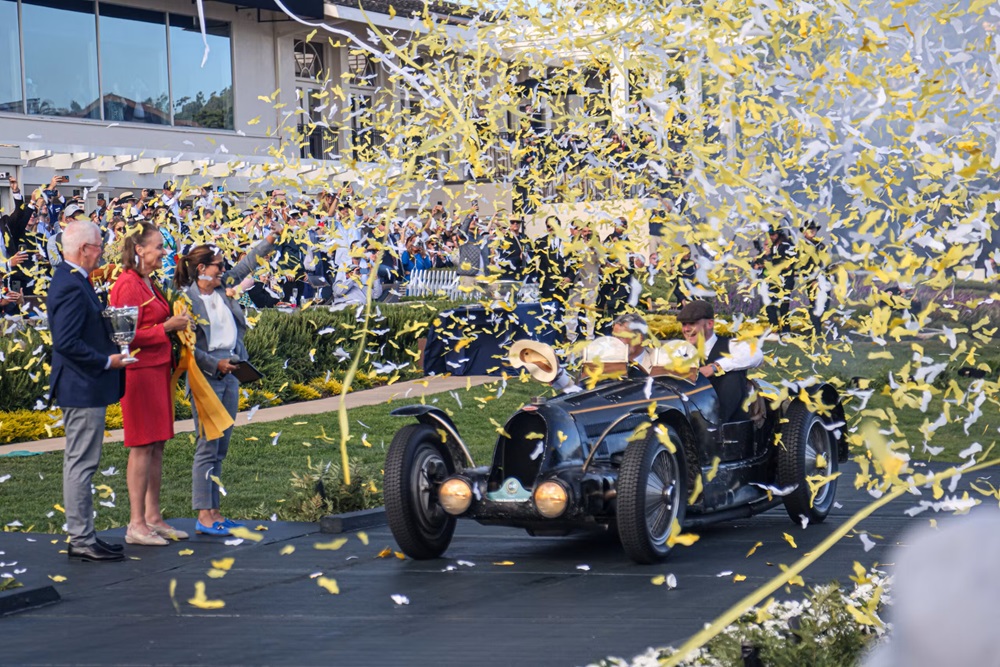
When confetti guns celebrating Best of Show went pop, a weather-beaten Bugatti race car roared its way across the stage, driven by Fritz Burkard from Zug, Switzerland. The combination made history: Burkard is the first overseas owner to win Best of Show at Pebble Beach, and his car—a 1934 Bugatti Type 59 Sports—is the first preservation-class car to capture the prestigious award.
“I don’t win anything,” said Burkard, a Swiss collector who brings his kids with him to the concours. “It’s the car. I don’t do—I just make a smiley face.”
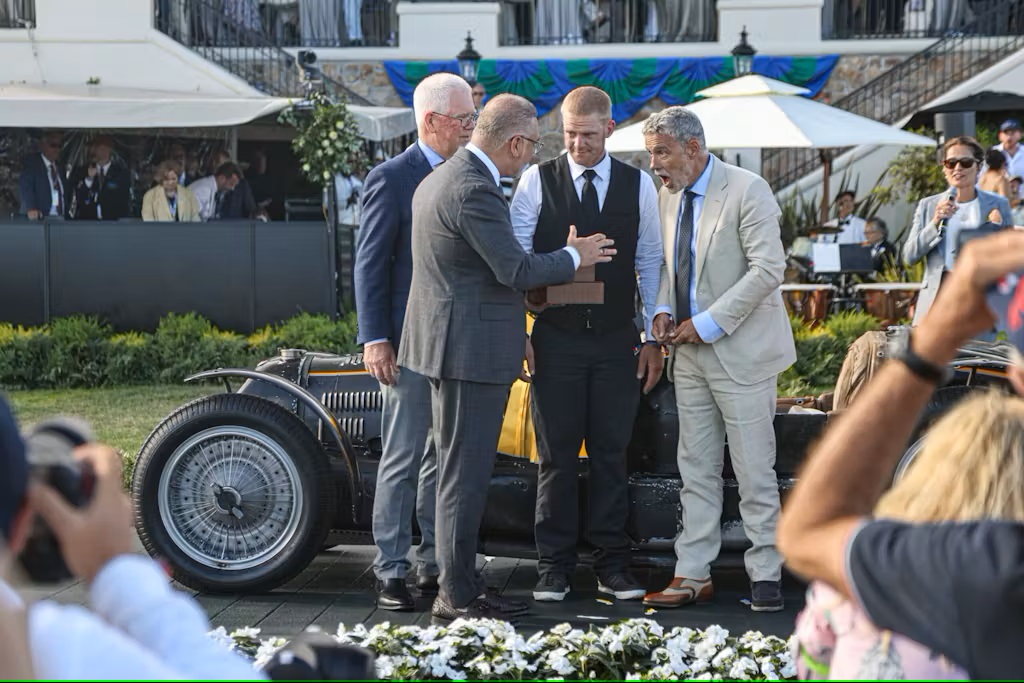
Not only is his Bugatti the first of that make to win Best of Show at Pebble since 2003, it is also the only one with two badges, he says. Burkard knelt at the front car, squatting to point out first the badge on the nose of the car, then directing attention to the one on the vertical radiator, tucked underneath the bodywork. “This is the radiator from the Grand Prix car from 1934. And you even see that they changed the design—it had small dots; in 1937, it had bigger dots. These are the little things which I think are funny.”
This Bugatti is not just a race car, but a winning race car. It won the Belgian Grand Prix in 1934 in the hands of René Dreyfus, the Frenchman who raced Bugattis privately for years and then, finally, for the factory, in 1934. (We’ve told Dreyfus’ fascinating story in detail here; it’s worth your time.) The car took third place at the Monaco Grand Prix later that year.
After Ettore Bugatti sold four of his other Type 59s factory racers, he converted this one into a sports car. He removed the supercharger from the 3.3-liter inline-eight engine and added a second seat and a set of doors. The car was then registered not as a Type 59 but as a Type 57—the famous touring car that Bugatti built between 1934 and 1940 using the same 3.3-liter engine as the race cars. The ex-race car, known as chassis number 57248, did far more than tour: It kept racing, and it kept winning, at Pau in 1937 and at the Algerian and Marne French Grands Prix in the hands of Jean-Pierre Wimille.
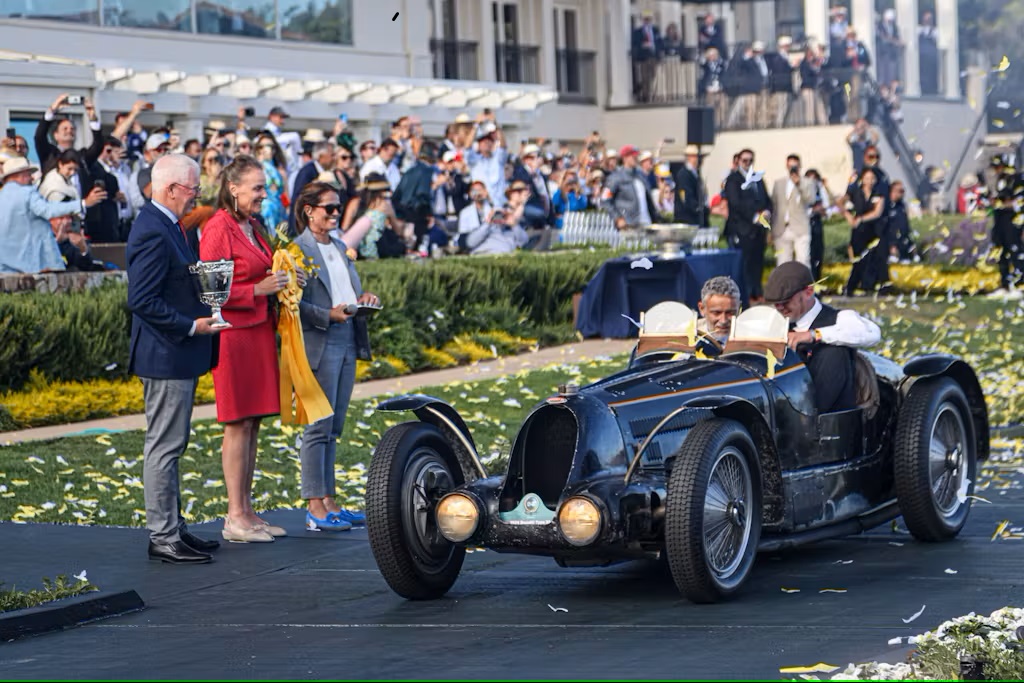
The black paint that the Type 59 wears is different from that which it wore for those race wins: At the request of King Leopold III of Belgium, a Bugatti enthusiast who bought the car in 1937, it was painted black with a yellow stripe. Nearly nine decades later, it drove across the stage of the Pebble Beach Concours d’Elegance wearing this finish, now worn and cracked. True to the Prewar Preservation class, it is a visible tribute to the car’s remarkable history.
“Preservation is for me the most important class,” said Burkard, “because it’s originality—the car can only be once original, and this car is untouched since 1937. Everything you see here is original, and the history before the car was born in 1934 til 1937 is amazing.
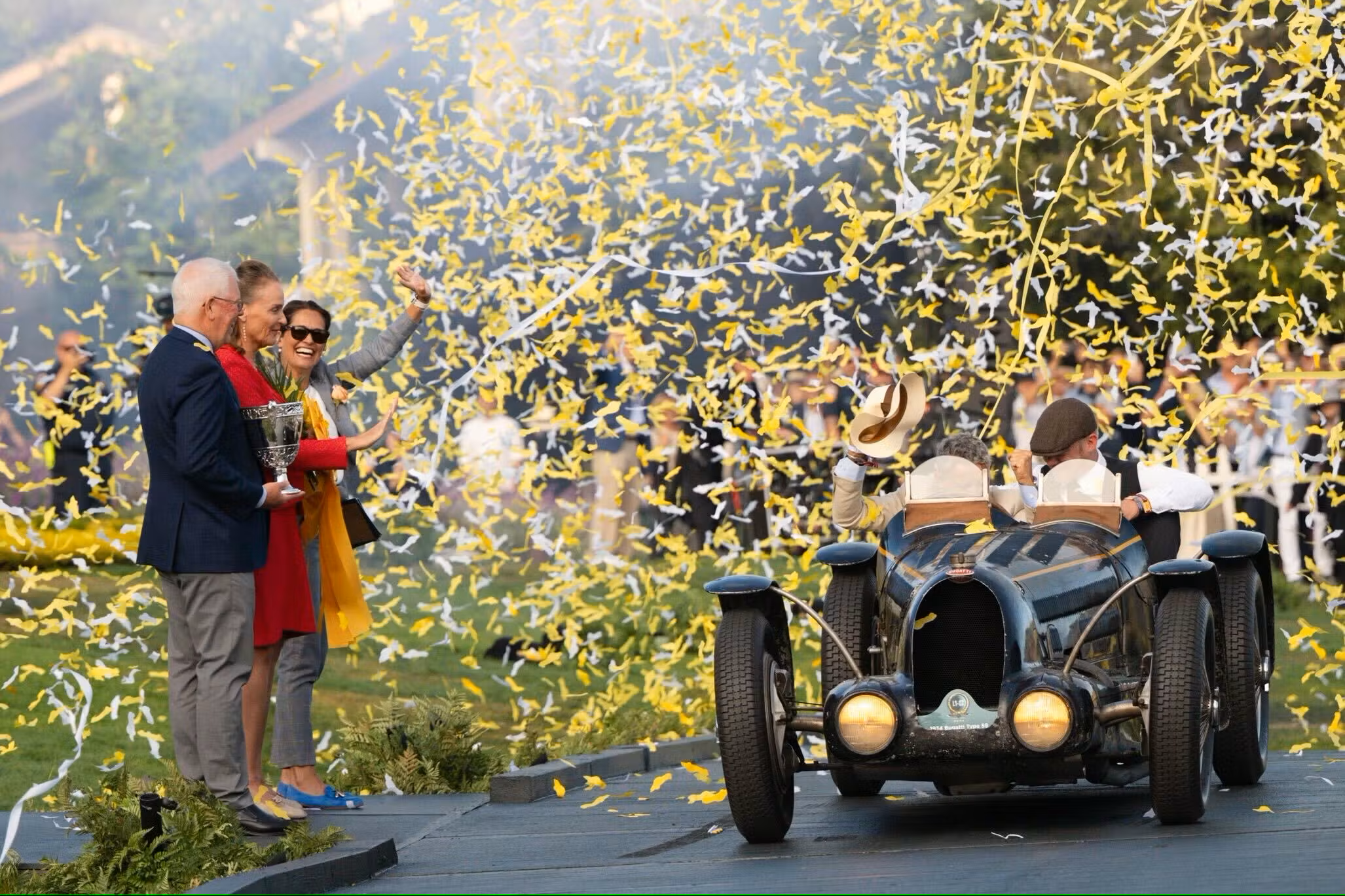
“It’s magnificent. It’s one of the most successful racing Bugattis next to The Tank.”
The Type 57G, one of several “tank-bodied” Bugattis, won the 24 Hours of Le Mans in 1937 and set multiple land speed records. Only three were built, and just one exists today.
We’ve written about Burkard’s Bugatti before, when it was bound for Gooding & Company’s auction at that house’s “Passion of a Lifetime” event in September of 2020. There it sold for £9,535,000. That’s over $15 million today.
The car is powered by a 3257-cc inline-eight with double overhead cams, twin Zenith carburetors, and a Roots-type supercharger. The engine drives the rear wheels through a four-speed, dry-sump manual transmission. Output is 250 hp at 5000 rpm. The suspension is via leaf springs and De Ram shock absorbers, which locate a solid rear axle in the front and a live one in the back. The brakes, though they are at all four wheels, are drums operated by cable; Ettore insisted as such.
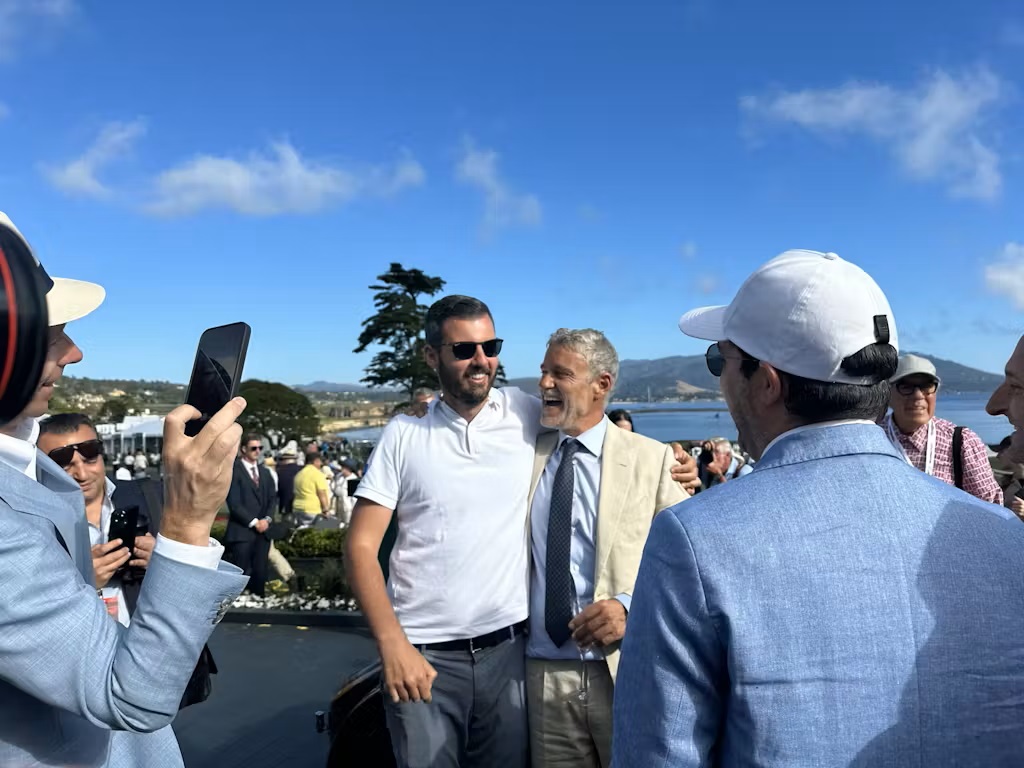
Burkard loves to drive the 1934 Bugatti.
“I was driving this car three hours on Tuesday morning, Wednesday morning, Thursday morning, yesterday morning—seven o’ clock, Bixby Bridge, alone, smelling the sea. Can it get any better?”
He also feels strongly about the importance of sharing the car—especially with young people.
“That’s why I take the cars out. I always have young people sitting in my cars. That’s why I do Instagram—it’s a bit annoying, the social media, but that’s how to reach the youngsters to get the passion for these old cars to young people. I think it’s key. If they only see Teslas, they never appreciate something like that.”
Burkard gestured at the row of vents on the Type 59’s patina-rich hood, upon which rested the yellow roses and golden ribbon of the Best of Show. He thumped a fist over his chest.
“If they’re six years old and you give them a spin in this kind of car, for the rest of their life, it stays in the heart.”
Report by Grace Houghton
